Why AWS SOC 2 Compliance Matters for SaaS Companies in 2025
- Nitin Yadav
- Knowledge
About
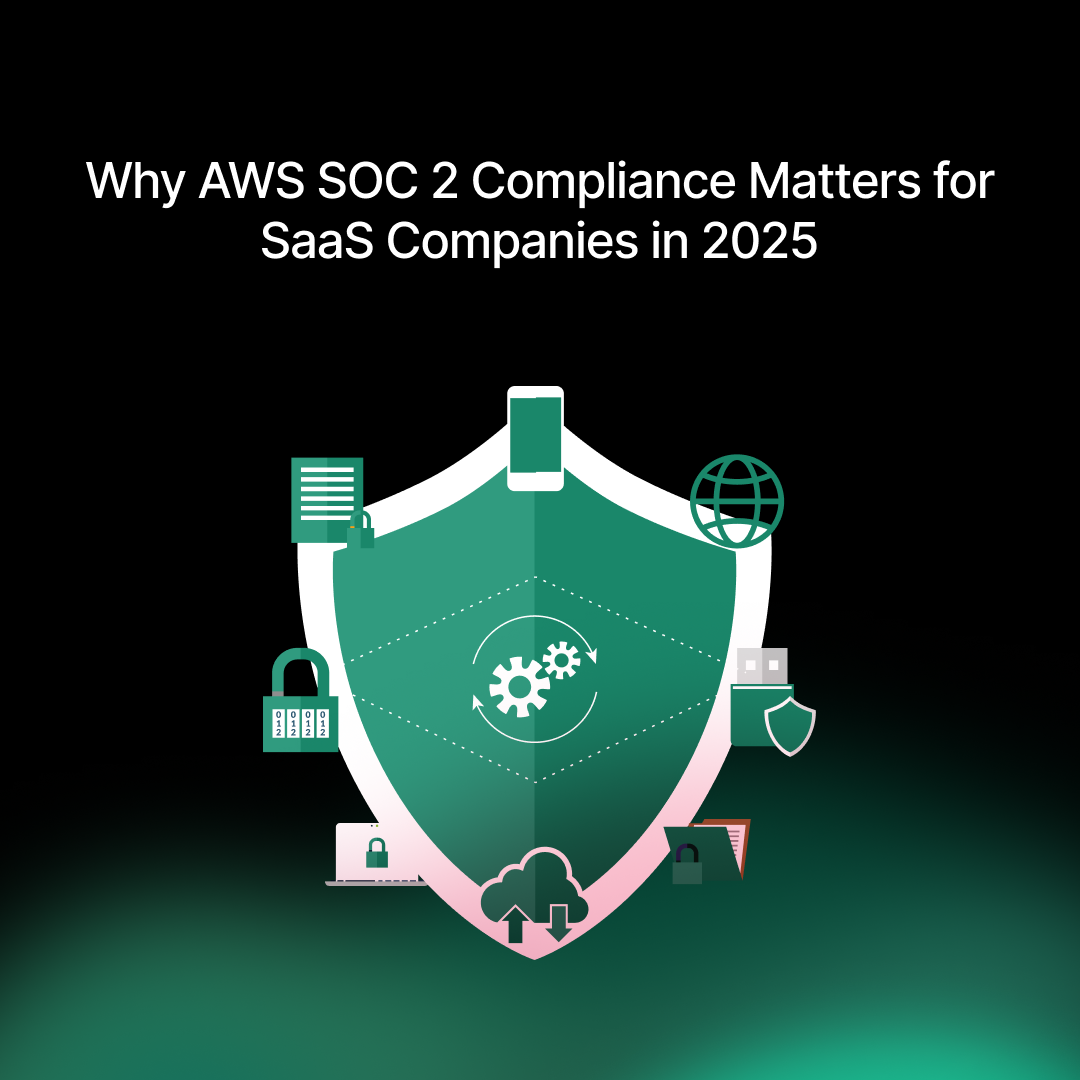
Learn why AWS SOC 2 compliance is essential for SaaS companies in 2025. Explore its benefits, challenges, and best practices to ensure security, trust, and regulatory compliance.
Industries
- AWS, AWS SOC 2, Compliance, DevOps, SAAS, SOC 2
Share Via
Introduction
In 2025, SaaS companies continue to be prime targets for cyber threats, making data security and compliance more critical than ever. With businesses handling vast amounts of customer data, ensuring compliance with security frameworks such as SOC 2 is no longer optional—it’s a necessity.
SOC 2 compliance, particularly when combined with Amazon Web Services (AWS) infrastructure, enables SaaS providers to build trust with customers, safeguard sensitive data, and demonstrate their commitment to security best practices. This article explores why AWS SOC 2 compliance is vital for SaaS companies in 2025, its benefits, challenges, and best practices for achieving compliance.
Understanding SOC 2 Compliance
What is SOC 2?
SOC 2 (System and Organization Controls 2) is a compliance framework developed by the American Institute of Certified Public Accountants (AICPA). It assesses how a company safeguards customer data and ensures data privacy, integrity, and security. SOC 2 compliance is built around five Trust Service Criteria (TSC):
Security – Protecting systems against unauthorized access.
Availability – Ensuring services are available as committed.
Processing Integrity – Guaranteeing accurate and timely processing.
Confidentiality – Restricting access to sensitive data.
Privacy – Managing personal data responsibly.
For SaaS companies, SOC 2 compliance is a gold standard that assures customers and partners that their data is handled securely and meets industry best practices.
SOC 2 Type I vs. Type II
SOC 2 Type I – Evaluates security controls at a single point in time.
SOC 2 Type II – Assesses security controls over a longer period (typically 3-12 months) to verify effectiveness.
For SaaS companies handling ongoing customer data, SOC 2 Type II is often preferred as it provides a more comprehensive validation of security measures.
Why AWS SOC 2 Compliance is Critical for SaaS Companies
1. Customer Trust and Market Competitiveness
SOC 2 compliance is often a requirement for enterprise customers who need assurances that a SaaS provider follows strict security protocols. Without SOC 2, many businesses may hesitate to adopt a SaaS solution due to security concerns. AWS’s security features, when aligned with SOC 2 controls, provide a trustworthy foundation for SaaS companies to attract and retain customers.
2. Regulatory and Legal Requirements
SaaS companies operating in regulated industries such as finance, healthcare, and legal sectors must comply with stringent security requirements. SOC 2 compliance ensures adherence to regulations like GDPR, HIPAA, and CCPA, helping businesses avoid hefty fines and legal repercussions.
3. Enhanced Data Security and Risk Mitigation
By achieving AWS SOC 2 compliance, SaaS companies implement robust security controls that minimize risks of data breaches and cyberattacks. AWS services such as AWS Shield, AWS Identity and Access Management (IAM), and AWS CloudTrail provide advanced security capabilities, making compliance easier to achieve.
4. Facilitates Scalability and Growth
For SaaS startups and growing companies, SOC 2 compliance opens doors to enterprise clients, investors, and partnerships that require validated security measures. AWS enables organizations to scale efficiently while maintaining compliance, offering built-in security services that align with SOC 2 requirements.
5. Third-Party Vendor Management
Many SaaS companies rely on third-party vendors for cloud infrastructure, customer data management, and analytics. AWS SOC 2 compliance ensures that the cloud infrastructure itself adheres to rigorous security standards, reducing supply chain risks and strengthening vendor trust.
Challenges in Achieving AWS SOC 2 Compliance
Despite its benefits, achieving AWS SOC 2 compliance can be complex. Here are some key challenges SaaS companies face:
1. Defining and Implementing Security Policies
Many startups and mid-sized SaaS companies lack formalized security policies. Establishing clear security protocols, access controls, and incident response plans is essential for compliance.
2. Continuous Monitoring and Auditing
SOC 2 requires ongoing monitoring of security controls, real-time threat detection, and audit log analysis. AWS tools like AWS Security Hub and AWS Config help automate compliance monitoring but require proper configuration.
3. Access Control and Identity Management
Ensuring that only authorized personnel access sensitive data is crucial. Using AWS services like AWS IAM, AWS KMS (Key Management Service), and AWS Secrets Manager is necessary for strong identity and access management.
4. Incident Response and Data Breach Prevention
A documented incident response plan is required for SOC 2 compliance. SaaS companies must define their threat detection, response, and recovery mechanisms using AWS services like Amazon GuardDuty and AWS WAF (Web Application Firewall).
Best Practices for Achieving AWS SOC 2 Compliance
To streamline SOC 2 compliance on AWS, SaaS companies should follow these best practices:
1. Leverage AWS Security Tools
AWS provides built-in security services that align with SOC 2 requirements:
- AWS CloudTrail – Logs and monitors API activity.
- AWS Shield – Protects against DDoS attacks.
- AWS IAM – Manages access control.
- AWS Config – Ensures compliance through configuration tracking.
2. Implement Encryption for Data Protection
Encrypt data at rest and in transit using AWS KMS and AWS Certificate Manager to ensure data confidentiality and integrity.
3. Automate Compliance with AWS Config Rules
Use AWS Config rules to enforce compliance policies and automatically remediate security misconfigurations.
4. Conduct Regular Security Audits
Perform frequent penetration testing, vulnerability assessments, and internal audits to maintain compliance and address security gaps.
5. Adopt a Continuous Monitoring Approach
Utilize AWS Security Hub and Amazon CloudWatch to monitor security events and respond to potential threats in real time.
Conclusion
AWS SOC 2 compliance is no longer optional for SaaS companies—it’s a business-critical necessity in 2025. With rising cyber threats, increasing regulatory demands, and growing customer expectations, achieving SOC 2 compliance helps SaaS providers build trust, enhance security, and unlock growth opportunities.
By leveraging AWS security services, automating compliance monitoring, and implementing robust security controls, SaaS companies can streamline SOC 2 compliance and position themselves as secure and reliable cloud service providers.
SaaS companies leveraging AWS SOC 2 compliance in 2025 will gain a competitive edge while ensuring the highest levels of security and trustworthiness.
Need help with AWS SOC 2 compliance for your SaaS company? Contact SquareOps today to learn how we can simplify your compliance journey!
Frequently asked questions
SOC 2 compliance is a security framework that ensures SaaS companies follow best practices for data protection, availability, and privacy. It builds customer trust and helps meet regulatory requirements.
SOC 2 Type I evaluates security controls at a single point in time, while SOC 2 Type II assesses their effectiveness over a longer period (typically 3-12 months).
AWS offers built-in security tools like IAM, CloudTrail, and AWS Shield, which help SaaS companies streamline SOC 2 compliance and protect customer data.
While SOC 2 compliance is not legally required, many enterprise customers and regulated industries demand it as a prerequisite for doing business.
Achieving SOC 2 compliance demonstrates that a SaaS company follows strict security measures, reducing the risk of data breaches and increasing customer confidence.
Common challenges include defining security policies, continuous monitoring, access control, and incident response planning.
SOC 2 Type I certification typically takes 3-6 months, while SOC 2 Type II requires 6-12 months of security control monitoring before the audit.
Key AWS services for SOC 2 compliance include AWS IAM (Identity and Access Management), AWS Config, AWS Security Hub, AWS KMS (Key Management Service), and AWS CloudTrail.
Without SOC 2 compliance, SaaS companies may struggle to gain enterprise clients, face legal risks, and be more vulnerable to security breaches.
Continuous monitoring, regular security audits, automated compliance tools, and staff training help SaaS companies maintain SOC 2 compliance over time.
Related Posts
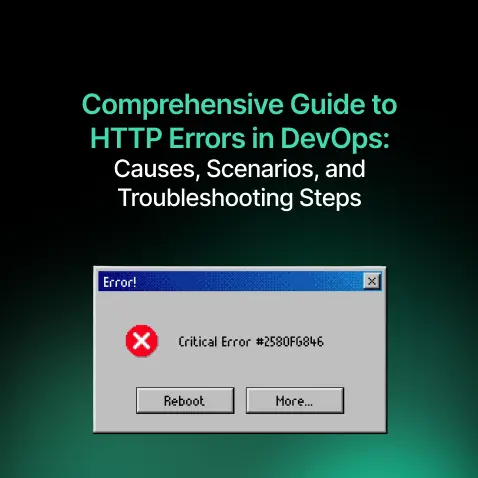
Comprehensive Guide to HTTP Errors in DevOps: Causes, Scenarios, and Troubleshooting Steps
- Blog
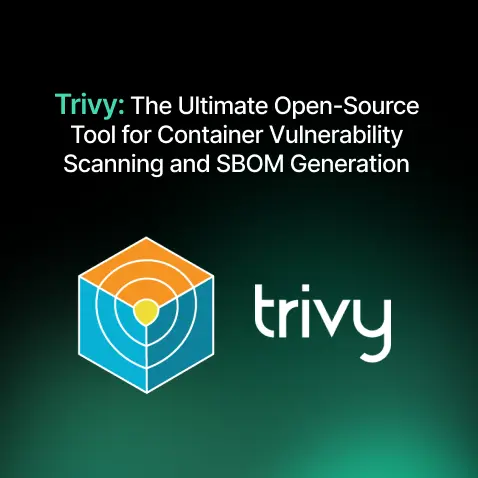
Trivy: The Ultimate Open-Source Tool for Container Vulnerability Scanning and SBOM Generation
- Blog
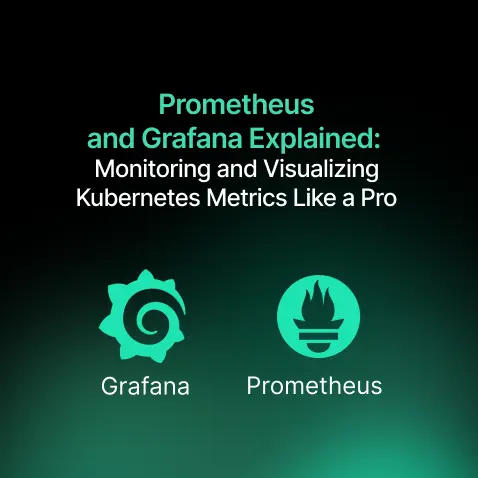
Prometheus and Grafana Explained: Monitoring and Visualizing Kubernetes Metrics Like a Pro
- Blog
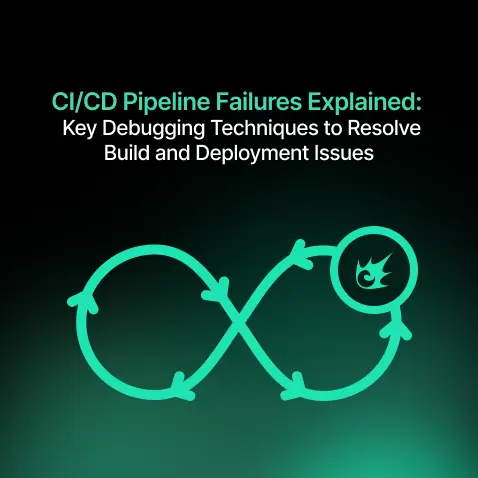
CI/CD Pipeline Failures Explained: Key Debugging Techniques to Resolve Build and Deployment Issues
- Blog
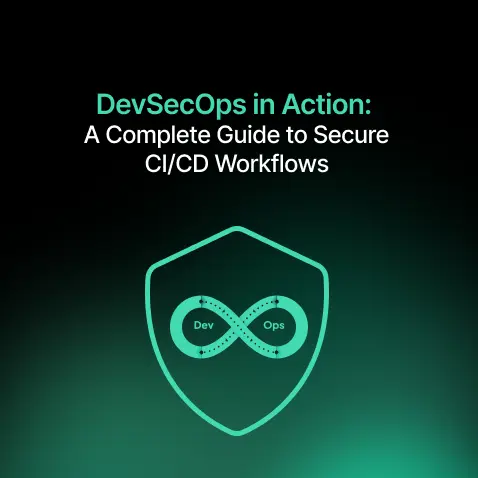
DevSecOps in Action: A Complete Guide to Secure CI/CD Workflows
- Blog
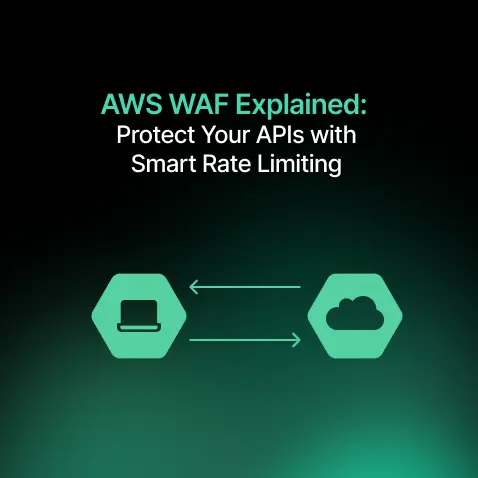
AWS WAF Explained: Protect Your APIs with Smart Rate Limiting
- Blog

